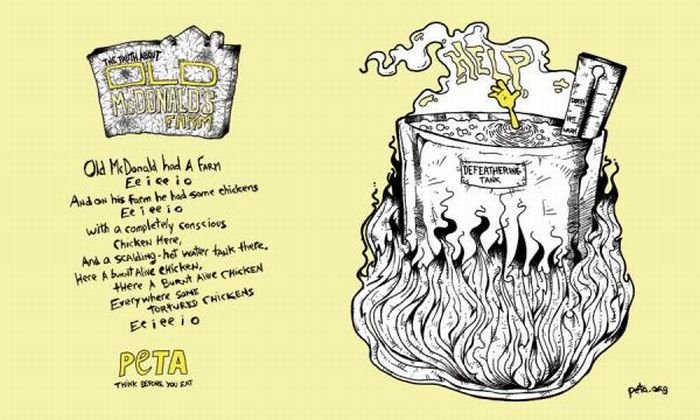|
|
PETA Animal Protection Campaign
|
Pacheco had taken a job in May 1981 inside a primate research laboratory at the Institute, intending to gain firsthand experience of working inside an animal laboratory. Taub had been cutting sensory ganglia that supplied nerves to the monkeys' fingers, hands, arms, and legs—a process called "deafferentation"—so that the monkeys could not feel them; some of the monkeys had had their entire spinal columns deafferented. He then used restraint, electric shock, and withholding of food and water to force the monkeys to use the deafferented parts of their bodies. The research led in part to the discovery of neuroplasticity and a new therapy for stroke victims called constraint-induced movement therapy.
Pacheco visited the laboratory at night, taking photographs that showed the monkeys living in what the Institute for Laboratory Animal Research's ILAR Journal called filthy conditions. He passed his evidence to the police, who raided the lab and arrested Taub. Taub was convicted of six counts of animal cruelty, the first such conviction in the United States of an animal researcher, overturned on appeal. Norm Phelps writes that the case followed the highly publicized campaign of Henry Spira in 1976 against experiments on cats being performed at the American Museum of Natural History in New York, and Spira's subsequent campaign in April 1980 against the Draize test. These and the Silver Springs monkey case jointly put animal rights on the agenda in the United States.
The ten-year battle for custody of the monkeys—described by The Washington Post as a vicious mud fight, during which both sides accused the other of lies and distortion— transformed PETA into a national, then international, movement. By February 1991, it claimed over 350,000 members, a paid staff of over 100, and an annual budget of over $7 million.
|
|









